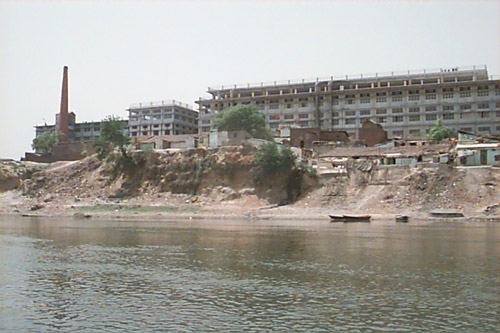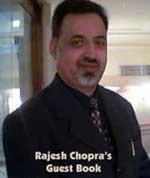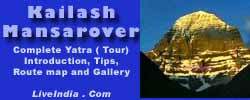
Kanpur is situated on bank
of river Ganga and has a population of 2.72 million as per the 2001 census
with 1,483,000 males and 1,289,000 females. Kanpur has an area of about
1040 km² and is 126 meters above sea level. Languages spoken in and
around Kanpur include Hindi, English, Urdu and some Bengali and Punjabi.
All major religions are practiced in Kanpur
Nestled on the banks of the
eternal Ganga, Kanpur stands as one of North India’s major industrial centres
with its own historical, religious and commercial importance. Believed
to be founded by king Hindu Singh of the erstwhile state of Sachendi, Kanpur,
it is believed by some, derived its name from Kanhiyapur, the town of Kanhiya
(Lord Krishna). In the course of time, Kanhiyapur probably was abbreviated
as Kanhapur and subsequently as Kanpur (the anglicized spelling of which
was Cawnpore during the British rule). Others believe that the name is
derived from Karnapur and is associated with Karna, one of the heroes of
Mahabharata. Duryodhana made Karna a king, seeing him as a fitting match
to Arjuna, and gifted him this area; hence the name Karnapur, which later
became Kanpur. Historically, Jajmau on the eastern outskirts of present
day Kanpur is regarded as one of the most archaic tounships of Kanpur district. |
|


















